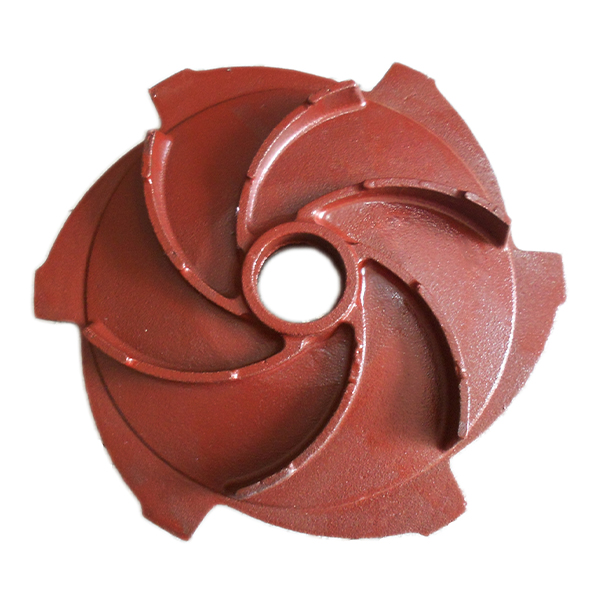Mobile:+86-311-808-126-83
Email:info@ydcastings.com
die cast part
Understanding Die-Cast Parts An Insight into Precision Manufacturing
Die casting is a manufacturing process characterized by forcing molten metal under high pressure into a mold cavity. This technique is highly prevalent in the production of various parts across numerous industries, particularly in automotive, aerospace, electronics, and consumer goods. The result is a die-cast part that boasts exceptional dimensional accuracy, a smooth surface finish, and high strength while being cost-effective. Let's delve deeper into the world of die-cast parts to understand their production, advantages, and applications.
The Die Casting Process
The die casting process can be broken down into several steps. First, metal—usually aluminum, zinc, or magnesium—is heated until it becomes molten. This molten metal is then injected into a mold, also known as a die, which comprises two halves that fit together. The high pressure applied during injection ensures that the metal fills every corner of the mold, capturing intricate details and producing a part that can be used directly in assembly.
Once the metal cools and solidifies, the mold is opened, and the newly formed die cast part is ejected. The entire process is both quick and efficient, often producing parts in mere seconds. Moreover, die-cast molds are designed for durability, allowing for the mass production of identical parts with minimal waste.
Advantages of Die-Cast Parts
1. Precision and Consistency One of the most significant benefits of die casting is the precision it offers. Parts produced through this method can achieve tight tolerances and complex geometries, making them suitable for applications where accuracy is critical.
2. Surface Finish Die-cast parts generally possess a smooth surface finish, often requiring little to no additional machining. This not only reduces production time but also cuts costs associated with secondary operations.
3. Strength and Durability Die-cast metals exhibit superior mechanical properties, making them strong and durable. This feature is particularly advantageous in industries that demand high-performance components, such as automotive and aerospace sectors.
die cast part

4. Cost-Effectiveness While the initial investment in quality molds can be high, die casting is cost-effective in the long run due to its high production rates and lower per-unit costs. This is especially true for large production runs where the efficiency of the process greatly outweighs initial costs.
5. Material Versatility Die casting is compatible with a range of non-ferrous metals, enabling manufacturers to choose materials that best meet their performance needs. Aluminum die cast parts, for instance, are lightweight yet strong, making them ideal for automotive applications.
Applications of Die-Cast Parts
Die-cast parts are ubiquitous in many sectors. In the automotive industry, they are used for engine blocks, transmission cases, and numerous other components. The aerospace industry utilizes die casting for various structural parts that must meet stringent weight and strength requirements.
In electronics, die-cast parts are found in housings and heat sinks for devices, ensuring durability and efficient heat dissipation. Consumer goods also benefit from die casting, with manufacturers using this process to create components for home appliances and electronics, enhancing both functionality and aesthetic appeal.
The Future of Die-Casting
As industries continue to evolve, so too does the die casting process. Innovations such as 3D printing integration, improved alloy formulations, and advancements in mold design are set to enhance the capability and efficiency of die casting. Moreover, the continuous push for sustainable manufacturing practices is leading to the exploration of eco-friendly materials and processes within the die-casting arena.
In conclusion, die-cast parts represent a cornerstone of modern manufacturing, offering precision, durability, and cost-effectiveness. As technology progresses, the applications and capabilities of die casting are likely to expand, securing its relevance in various industries for years to come.
-
Automobile Water Pumps in Vehicle PerformanceNewsMay.21,2025
-
Valve Box Cover Cast Iron: The Backbone of Fluid Control SystemsNewsMay.21,2025
-
Pump Impeller in Fluid DynamicsNewsMay.21,2025
-
Baffled Oil Pans in Racing Cars: How They Improve PerformanceNewsMay.21,2025
-
Compressor Housing Turbo in Pump EngineeringNewsMay.21,2025
-
Why Oil Pan Thickness Matters for Engine SafetyNewsMay.21,2025











